Death Valley, California
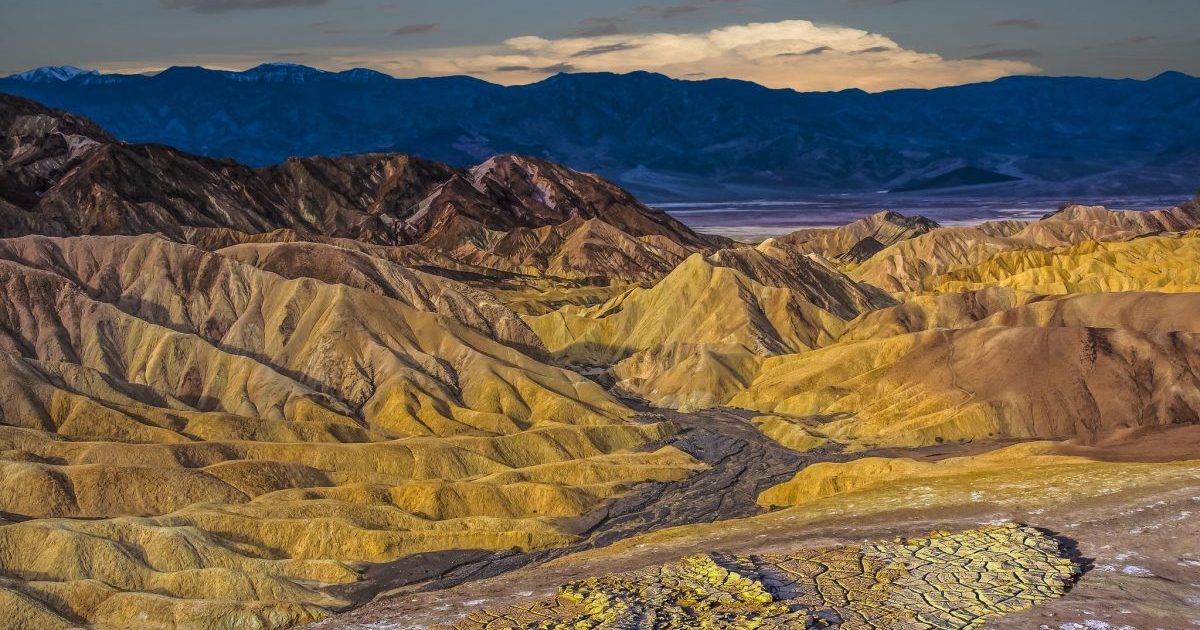
Death Valley is the hottest place on Earth, with temperatures reaching 134 °F at Furnace Creek. The extreme temperatures have taken the lives of many unprepared people who’ve wandered off into the wilderness. Even in our century, there are still victims; up to 10 people lose their lives each year in Death Valley. If the heat wasn’t enough, there are several hazards in the Valley. Coyotes, rattlesnakes, scorpions and black widow spiders are a few of the dangerous animals you might encounter, as well as flash floods and mudslides during rainstorms. Regardless of its dangers, Death Valley is a popular tourist attraction. If you do find yourself in Death Valley, stick to the roads and take plenty of water with you to avoid dehydration and heatstroke.
Devil’s Pool, Zambia
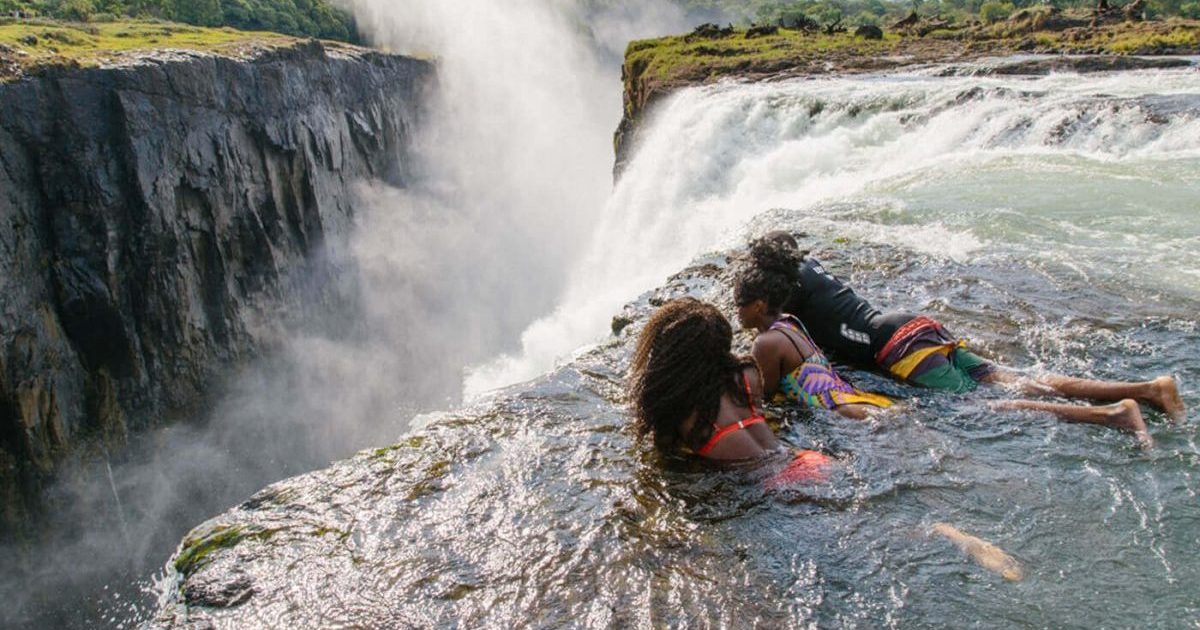
This stunning natural landscape pool is located at the very edge of Victoria Falls in Zambia. Many thrill seekers risk their lives to dive into it, not just to see but to feel the waters of the Zambezi River as they rush past. However, some people have been carried away by the river and have never been found. The most daring thrill seekers are particularly at risk when trying to take a photo of themselves as far out over the abyss as possible. But even the path to this attraction is quite dangerous. Tourists must swim to Devil’s Pool from Livingstone Island along the Zambezi River to reach it. The area is home to crocodiles and hippos, which are known for their aggressiveness when disturbed. However, many tourists are willing to take the risk for the once in a lifetime experience.
North Yungas Road, Bolivia
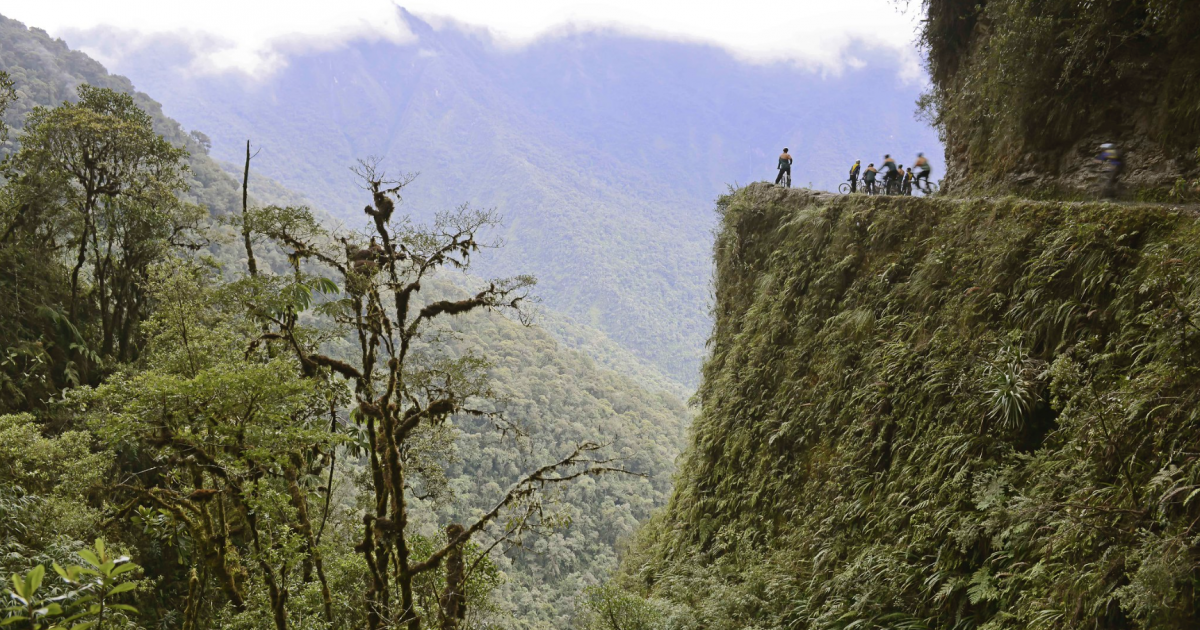
Tourists who have traveled this road—nicknamed the Bolivian Road of Death—compare it to climbing Everest. The road was built in the 1930s to connect the cities of La Paz and Coroico and runs along the edge of a steep mountain. It has a total length of 56km and elevation differences ranging from 4,650m to 1,200m. The Northern Yungas is incredibly dangerous, with a width of only 3.2 meters across and a high risk of cars colliding. The road is not covered with asphalt but made of clay, making it slippery when wet. Downpours cause frequent landslides and poor visibility due to fog, rockfalls and waterfalls, leading to up to 300 deaths each year. Since the new road connecting La Paz and Coroico was completed in 2006, locals have been using North Yungas less frequently. But many foreigners visit the area for extreme sports such as downhill mountain biking. This has resulted in at least 13 deaths over the past 10 years.
Huashan, China
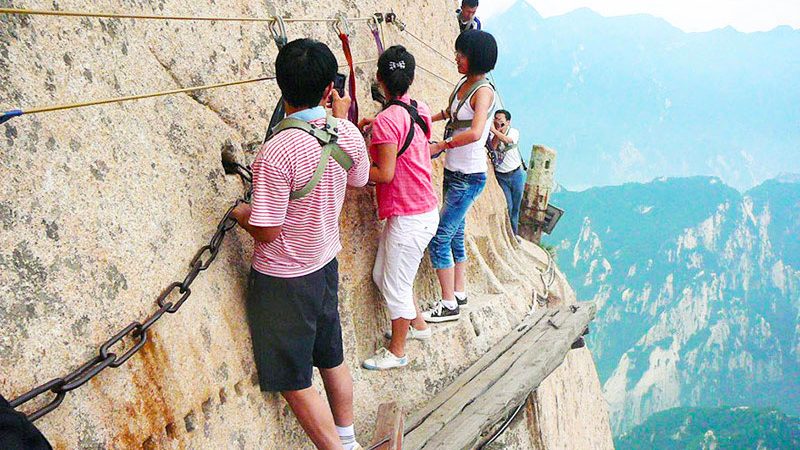
Huashan is one of the five holy mountains in China. It is located in central Shaanxi Province, with its highest peak reaching 2,154 meters above sea level. Also known as Mount Hua, this mountain is known for its Trail of Death, along which Taoist monks used to climb to a temple at the top. Today it is used by tourists wishing to experience an unprecedented adrenaline rush and admire the breathtaking scenery. The temple has been turned into a teahouse, where thrill-seekers can rest. The trail, which follows the curve of steep cliffs, is a wooden plank two planks wide and overhangs a gorge of several hundred meters. There are no railings or barriers; hikers must press against the stone walls and hold on to chains nailed to them. A short rope serves as a safety net. The Path of Death is not for the faint of heart — any mistake could cost lives, and you’ll have to come back the same way. Despite this, thousands of tourists come here every year to test their courage.
Kjeragbolten, Norway
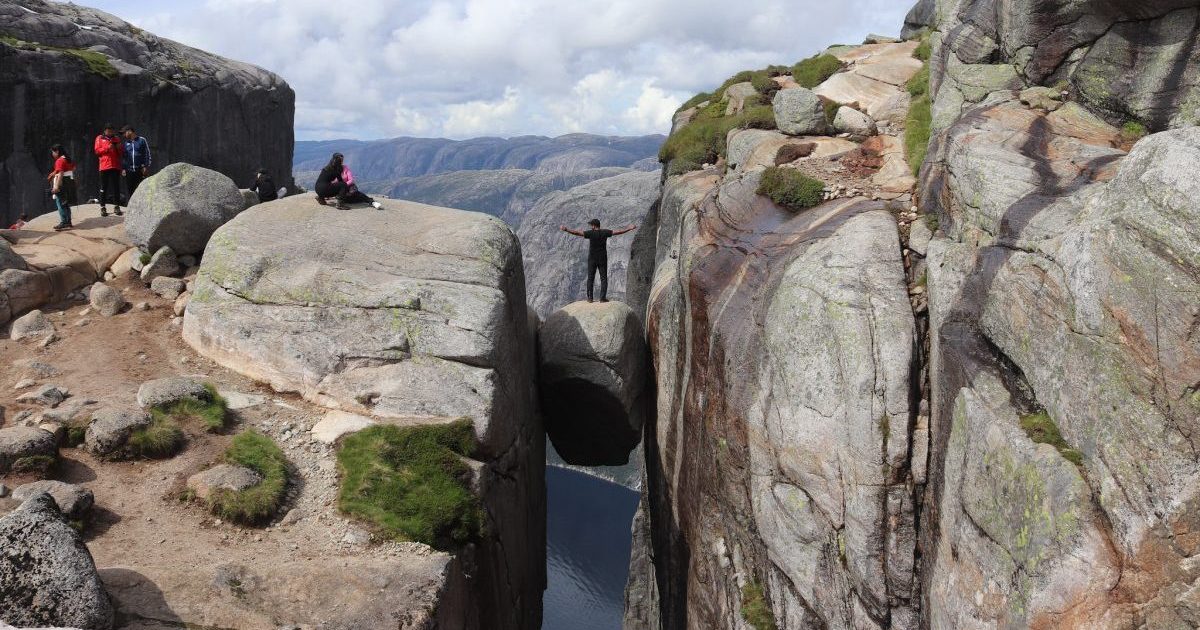
The Kjeragbolten, a large rock wedged between two steep cliffs on the Kjerag mountain in Norway, is another popular tourist attraction. Tourists must hike 12 km (almost 8 miles) to get to it, climbing and descending many times along the way. The trail to Kjerag is slippery, and foggy or rainy weather makes it even more hazardous. However, those who successfully conquer this route are rewarded with breathtaking views from the Kjerag plateau and the chance to experience something unique: standing on the Kjeragbolten. But you have to climb it by walking along a narrow rock ledge with your chest pressed against the rock. There is a ring that you can hold on to for safety, but falling off is still a risk even in dry weather.
Snake Island, Brazil

This remote island off Brazil’s coast is crawling with some of the world’s most dangerous snakes. The golden lancehead vipers can kill with just one drop of their venom, and they don’t hesitate to bite if they feel threatened. It’s estimated that there are between 2,000 and 4,000 of them on the island. These vipers are so venomous that a human bitten by one could be dead within an hour. The Brazilian government has made it illegal for anyone to visit Ilha da Queimada Grande (known as Snake Island), but that hasn’t stopped some from trying. It is rumoured that the last fisherman who strayed too close to the shores was found floating in his boat days later, dead from blood loss.
Danakil Desert, Ethiopia
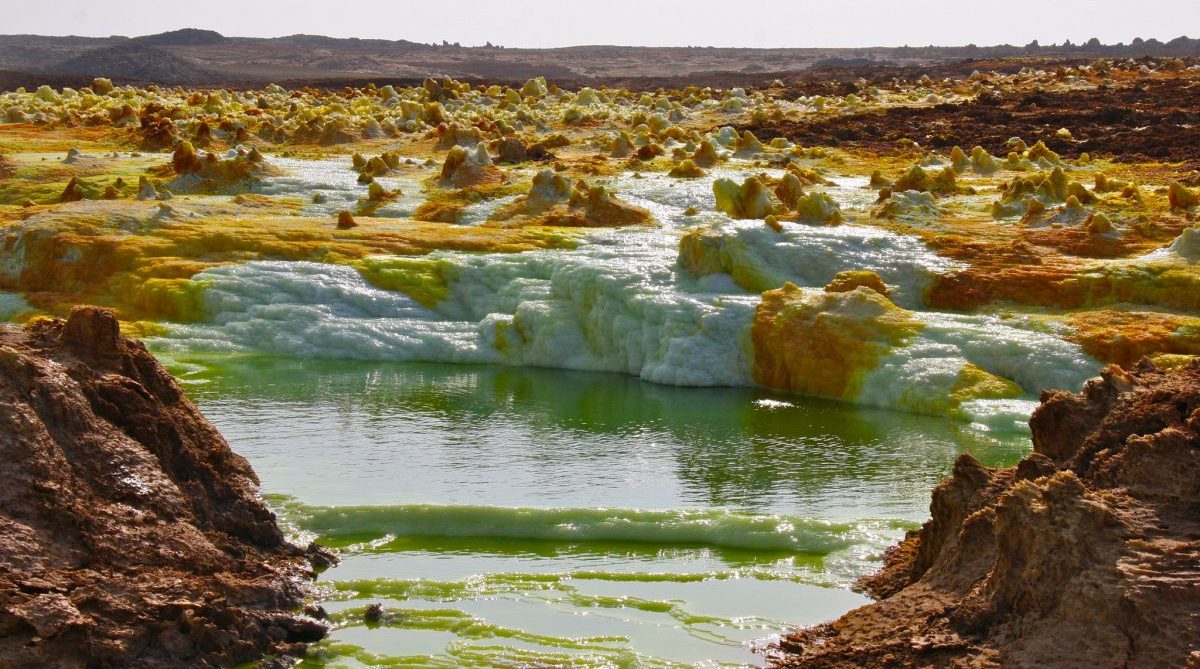
The Danakil Desert in East Africa is one of the harshest environments in the world. With temperatures routinely reaching 50 degrees Celsius (122 degrees Fahrenheit), volcanoes that spew toxic gas, and geysers that shoot boiling hot water into the air, visitors can expect their bodies to feel the effects of this inhospitable climate even if they stay there for only a short time. This desert is home to the most alien landscape in the world. The most dangerous part of the Danakil desert is its sulfur fumes, which can kill you if you breathe them in. This area is also very volcanically active, so it’s already full of poisonous gasses, making this desert one of the deadliest places on Earth. Despite this, the select few travellers who have made the trek rave about the experience.
Fagradalsfjäll, Iceland
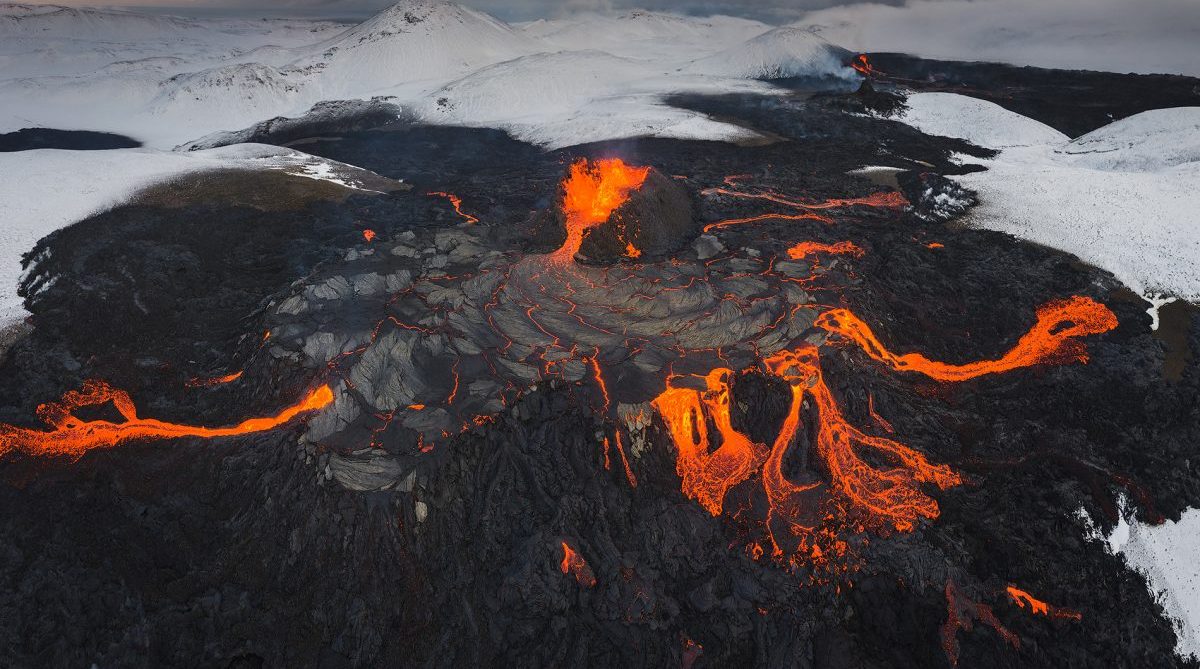
In March 2021, the Fagradalsfjäll volcano, 30 km from Reykjavik, awoke after six millennia of slumber. It instantly became the new top attraction on the island of Iceland. Thousands of tourists began to flock to its lava fields and poisonous gases to see what wonders nature can create. At the volcano’s peak, the cone rises 224 meters above the surrounding terrain. All around it, solidified magma covers the ground and lava flows from the crater. Sometimes this erupts like a geyser and sometimes it is slow and steady, but no matter what it does, it is always fascinating to watch. If you want to admire the Fagradalsfjäll volcano up close, choose carefully from which side to approach. You can safely view the raging fire element from a distance, but be aware of the possibility of falling into red-hot tunnels or pockets under its seemingly frozen surface.
Skellig Michael Mountain, Ireland
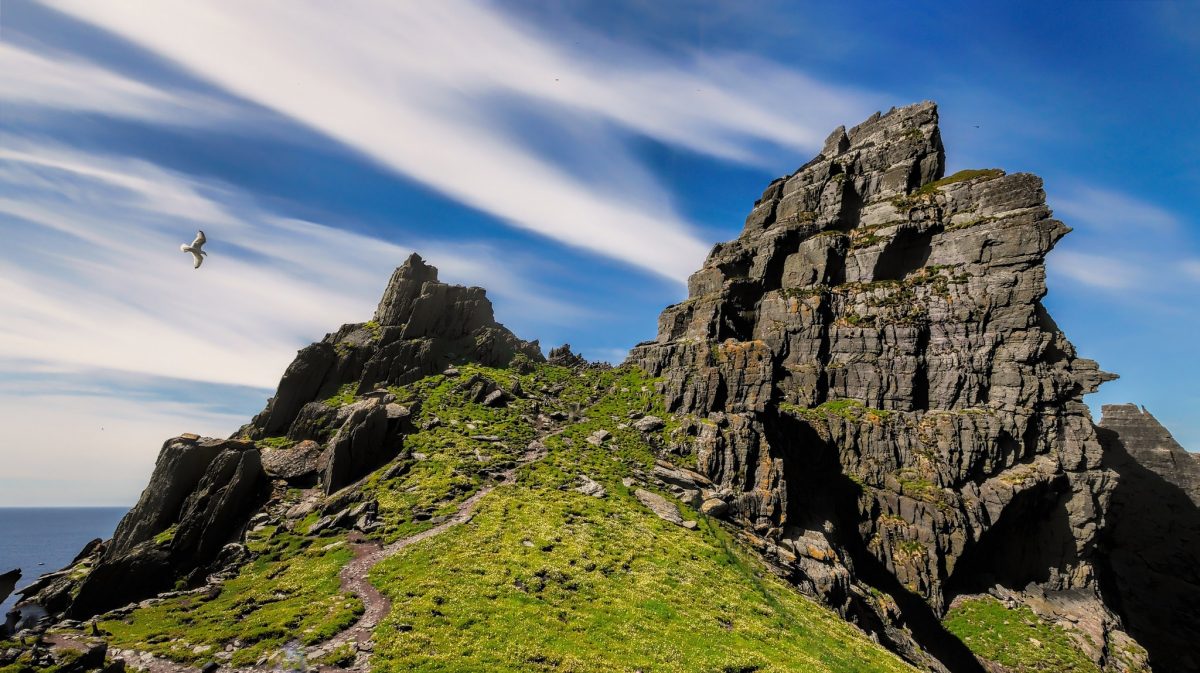
Located just off the western coast of Ireland, Skellig Michael Mountain is one of the world’s most dangerous tourist destinations. The rocky island is home to 600 uneven steps that lead to ancient monasteries, but getting on to the site requires a boat ride across rough waters and in many instances boats cannot dock because of high tides. Tourism has increased since this destination was featured in Star Wars The Force Awakens. However, the government is cautious about granting boat licenses and restricting visitor numbers due to rock falls, bad weather, and safety concerns.
Madidi National Park, Bolivia
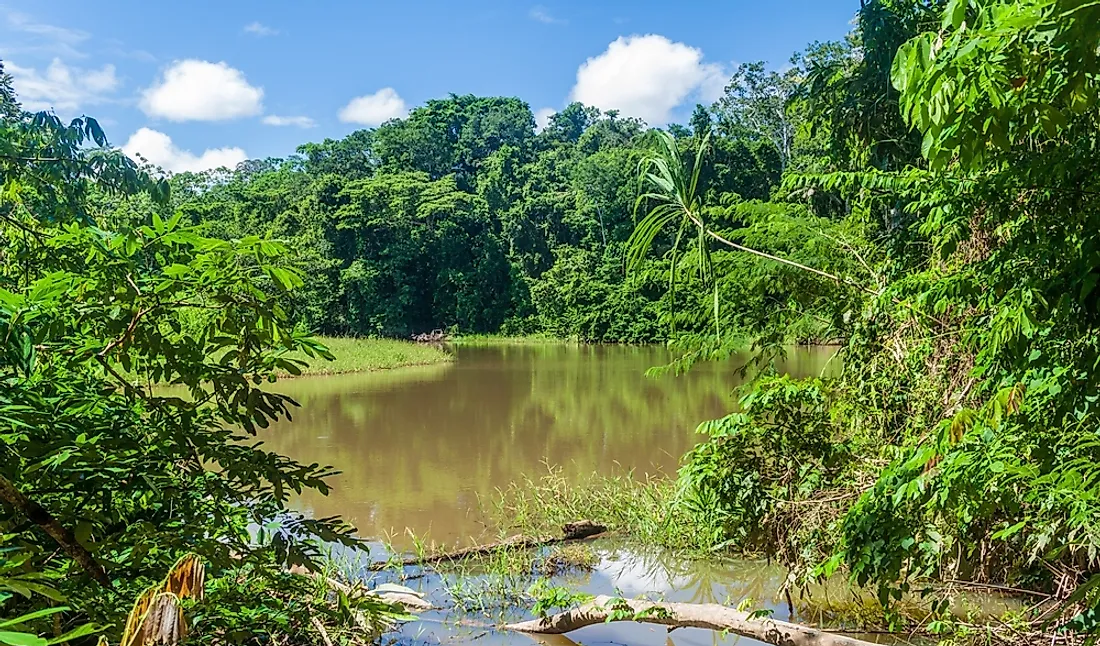
Have you heard about Madidi National Park in Bolivia? It’s one of the most dangerous places for tourists to visit. It boasts to be the richest biodiversity park in the world, but it also has some of the most poisonous fauna in the world, making it a real danger for anyone who wanders into it. Any contact with the plants in this park can cause severe itching, rash, and dizziness. If you have any cuts or even small wounds, they could become infected with tropical parasites. If you’re planning to visit this site, make sure you go on a guided tour under professional and well-trained trekkers.